In the G text there were 16 days from the heliacal Bright Fire
to the Nose of the Lion, which means the star named Bright Fire
would return to visibility late at night (after its close
encounter with the Sun) in the same day as when the Sun reached
the Nose of the Lion. The latter event could not be observed
directly because of the very bright light emitted by the Sun, but the
return of the star Bright Fire late at night would serve as a mark. Therefore
the Bright Fire and Al Minhar Al Asad could be
considered as
a pair.
|
454 |
 |
 |
15 |
 |
|
Ga3-1 (60) |
Ga3-2
(61 = 77 -
16) |
Ga3-18 (77
= 61 + 16) |
|
AL TARF (The
End) |
BRIGHT FIRE
(λ Cancri) |
AL MINHAR AL ASAD |
|
471 (= 1.5
* 314 = 455 + 16) |
day zero
(0) |
|
472 (= 16
* 29½ = 8 * 59 = 4 * 118) |
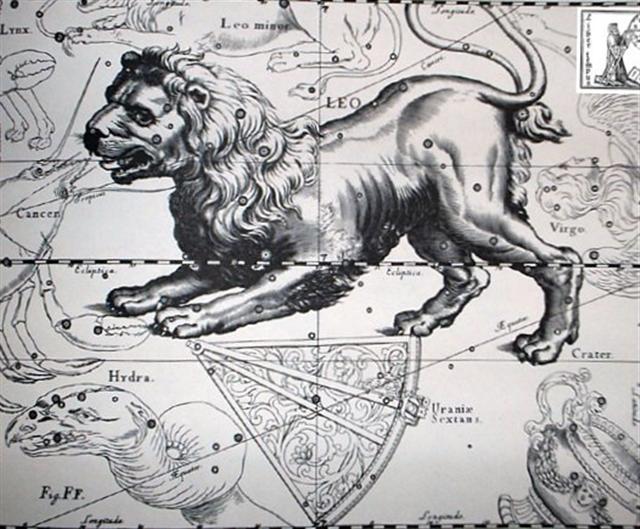
In the C text the glyph which could correspond to
manu kake in Ga3-1 evidently is manu kake in Cb5-9:
| Te ragi |
tagata - ragi |
kua hakagana -
ki te maro |
 |
 |
 |
|
Cb5-1 (392 +
95) |
Cb5-2 (488) |
Cb5-3 |
| tagata mau
matagi |
ihe toga maa |
ura hia |
tagata maú
kihikihi erua |
 |
 |
 |
 |
| Cb5-4
(490) |
Cb5-5 |
Cb5-6 (392 +
100) |
Cb5-7 (493) |
| te hoko
huki |
kua kake
te manu puoko erua |
|
E nuku
mata |
te
kihikihi o te ariki - te hokohuki |
te hau tea |
 |
 |
 |
 |
 |
|
Cb5-8 |
Cb5-9
(400 + 95) |
Cb5-10 |
Cb5-11 |
Cb5-12 |
Puoko. 1. Head;
tagata puoko hiohio, hard-headed, opinionated person.
2. Skull (also: pakahera puoko). Vanaga. Head, skull,
crown of a hat; puoko garuru, headache; kiri puoko,
scalp. T. Mgv.: upoko, head (men or animals). Mq.:
upoko, upoó, head. Ta.: upoó, human head.
(Sa.: ulupo'o, skull. To.: uluboko, id. Niuē:
ulupoko, id.)
Churchill.
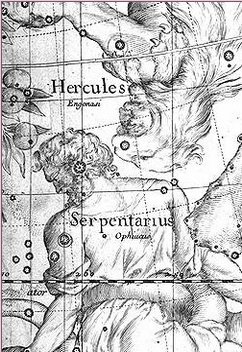
Clearly Metoro when reading this part of the C text saw
that Cb5-9 ought to be at the End, because at Cb5-10 he
started anew with a Capital letter.
The peculiar signs at left in Cb5-11 might have indicated 3
days of ashes (te kihikihi), i.e. of cold food, and
the 3 signs on a string look similar to the singular drinking horn
in the right hand
person below:
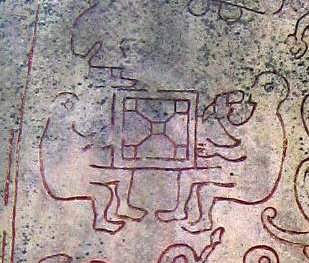
... Presented the drink to quaff, he
refused it, saying that he was ill; but urged to taste it
from the tip of his finger, he did so and was immediately
overpowered by its magic. He lifted the bowl and was drunk.
He sent for Quetzalpetlatl,
his sister, who dwelt on the Mountain Nonoalco.
She came, and her brother gave her the bowl, so that she too
was drunk. And with all reason forgotten, the two that night
neither said prayers nor went to the bath, but sank asleep
together on the floor ...
... In China, every year about
the beginning of April, certain officials called
Sz'hüen used of old to go about the country
armed with wooden clappers. Their business was to
summon the people and command them to put out every
fire. This was the beginning of the season called
Han-shih-tsieh, or 'eating of cold food'. For
three days all household fires remained extinct as a
preparation for the solemn renewal of the fire,
which took place on the fifth or sixth day after the
winter solstice [Sic!] ...
Kihi. Kihikihi, lichen; also: grey, greenish
grey, ashen. Vanaga. Kihikihi, lichen T,
stone T. Churchill. The Hawaiian
day was divided in three general parts, like that of
the early Greeks and Latins, - morning, noon, and
afternoon - Kakahi-aka, breaking the shadows,
scil. of night; Awakea, for Ao-akea,
the plain full day; and Auina-la, the decline
of the day. The lapse of
the night, however, was noted by five stations, if I
may say so, and four intervals of time, viz.: (1.)
Kihi, at 6 P.M., or about sunset; (2.)
Pili, between sunset and midnight; (3) Kau,
indicating midnight; (4.) Pilipuka, between
midnight and surise, or about 3 A.M.; (5.)
Kihipuka, corresponding to sunrise, or about 6
A.M. ... (Fornander)
Well now, let's compare the heliacal stars at
manu kake in the G text with those at the
corresponding manu
kake glyph in the C
text:
|
MAY
14 |
15 (500) |
16 |
17
137) |
18 (*58) |
19 |
20
(140) |
|
... A sidelight
falls upon the notions connected with
the stag by Horapollo's statement
concerning the Egyptian writing of 'A
long space of time: A Stag's horns grow
out each year. A picture of them means a
long space of time.' Chairemon
(hieroglyph no. 15, quoted by Tzetzes)
made it shorter: 'eniautos: elaphos'.
Louis Keimer, stressing the absence of
stags in Egypt, pointed to the Oryx (Capra
Nubiana) as the appropriate
'ersatz', whose head was, indeed, used
for writing the word rnp = year,
eventually in 'the Lord of the Year', a
well-known title of Ptah. Rare as this
modus of writing the word seems to have
been - the Wörterbuch der
Aegyptischen Sprache (eds. Erman and
Grapow), vol. 2, pp. 429-33, does not
even mention this variant - it is worth
considering (as in every subject dealt
with by Keimer), the more so as
Chairemon continues his list by offering
as number 16: 'eniautos: phoinix',
i.e., a different span of time, the
much-discussed 'Phoenix-period' (ca. 500
years) ...
... stag's horn moss is sometimes called
Robin Hood's Hatband. In May, the stag
puts on his red summer coat ...
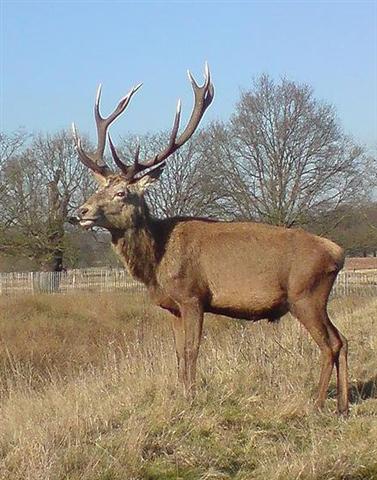 |
 |
 |
 |
 |
 |
 |
 |
|
Ga2-24 |
Ga2-25 |
Ga2-26 (56) |
Ga2-27 |
Ga2-28 |
Ga2-29 |
Ga3-1
(60) |
|
φ Gemini (118.4)
*77.0 = *118.4 - *41.4 =
*263.0 - *186.0 |
DRUS (Hard) = χ Carinae
(119.9) |
ω Cancri (120.2) |
8h (121.7)
χ
Gemini (121.0),
NAOS (Ship) =
ζ
Puppis
(121.3) |
ρ
Puppis (122.0),
HEAP OF FUEL =
μ
Cancri
(122.1),
ζ
Monocerotis (122.3), ψ
Cancri (122.6),
REGOR (Roger backwards) =
γ
Velorum
(122.7) |
TEGMINE = ζ Cancri
(123.3) |
AL TARF (The End) =
β
Cancri
(124.3)
RAS ALGETHI (α Herculis) |
|
... The seventh tree
is the oak, the tree of Zeus, Juppiter,
Hercules, The Dagda (the chief of the
elder Irish gods), Thor, and all the
other Thundergods, Jehovah in so far as
he was 'El', and Allah. The royalty of
the oak-tree needs no enlarging upon:
most people are familiar with the
argument of Sir James Frazer's Golden
Bough, which concerns the human
sacrifice of the oak-king of Nemi on
Midsummer Day. The fuel of the midsummer
fires is always oak, the fire of Vesta
at Rome was fed with oak, and the
need-fire is always kindled in an
oak-log. When
Gwion writes in the Câd Goddeu,
'Stout Guardian of the door, His name in
every tongue', he is saying that doors
are customarily made of oak as the
strongest and toughest wood and that
'Duir', the Beth-Luis-Nion name for
'Oak', means 'door' in many European
languages including Old Goidelic
dorus, Latin foris, Greek
thura, and German tür, all
derived from the Sanskrit Dwr,
and that Daleth, the Hebrew
letter D, means 'Door' - the 'l' being
originally an 'r'.
Midsummer is the
flowering season of the oak, which is
the tree of endurance and triumph, and
like the ash is said to 'court the
lightning flash'. Its roots are believed
to extend as deep underground as its
branches rise in the air - Virgil
mentions this - which makes it
emblematic of a god whose law runs both
in Heaven and in the Underworld ... The
month, which takes its name from
Juppiter the oak-god, begins on June
10th and ends of July 7th. Midway comes
St. John's Day, June 24th, the day on
which the oak-king was sacrificially
burned alive. The Celtic year was
divided into two halves with the second
half beginning in July, apparently after
a seven-day wake, or funeral feast, in
the oak-king's honour ... |
|
July
17 |
18 |
19
(200) |
20
(*121) |
21 |
22/7
(π = 3.14) |
23
(204) |
|
°July 13 |
14 |
15
(196) |
16 |
17
(*118) |
18 |
19 (200) |
|
'June
20 |
Solstice |
22
(173) |
23 |
St
John's Day |
25 (*96) |
26 (177) |
|
"June 6 |
7 |
8 |
9
(160) |
10/6 (φ = 1.61) |
11 |
12 (163) |
|
CLOSE TO THE FULL MOON: |
|
NOV
13 |
14 |
15 |
16
(320) |
17 |
18 (*242) |
19
(141 + 182) |
|
ι Sagittarii (301.2),
TEREBELLUM = ω Sagittarii,
ξ Aquilae (301.3),
ALSHAIN (Falcon) = β Aquilae
(301.6), φ Aquilae (301.8) |
ε Pavonis, θ Sagittarii (302.3), γ
Sagittae (302.5), μ Pavonis (302.7) |
τ Aquilae
(303.8) |
20h (304.4)
304.4 = 118.4 + 186.0
η Sagittae (304.2),
δ Pavonis (304.4)
*263.0 = *77.0 + *186.0 |
SHANG WEI (Higher Guard) =
κ
Cephei
(305.2),
θ
Sagittae (305.4), TSEEN FOO (Heavenly
Raft) =
θ
Aquilae (Ant.)
(305.6), ξ Capricorni (305.8)
*264.0 = *305.4 - *41.4 |
TSO KE (Left Flag) =
ρ
Aquilae
(306.3) |
GREDI (Goat) =
α
Capricorni
(307.2),
σ
Capricorni (307.5),
ALSHAT (The Sheep) =
ν
Capricorni
(307.9) |
|
Jan
16 |
17 |
18 (383) |
19 |
20 |
21 |
22 |
|
°Jan
12 |
13
(378) |
14 |
15
(*300) |
16 |
17 |
18 |
|
'Dec
20 (354) |
Solstice |
22 |
23 |
Christmas Eve |
25 (*279) |
26
(360) |
|
"Dec
6 (340) |
7 |
8 |
9 |
10
(*264) |
11 |
12 |
Here it strikes me that the Arabs' conception of the Cancer
constellation resembles that of the manu kake type of glyph:
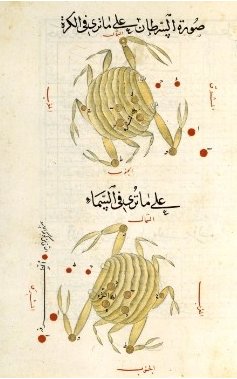
This was where the year turned around from moving up to
moving down. And this picture could be a Chinese version of the same
idea:
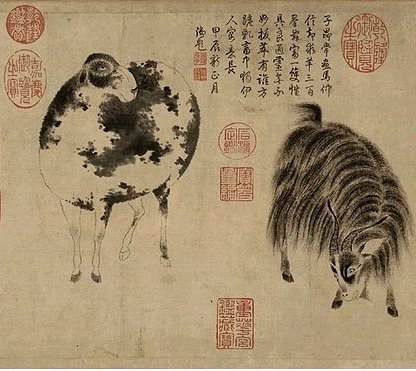
In the C text, we have seen,
the glyph corresponding to Ga2-26 was evidently
located 3 days earlier:
|
 |
*120
τ
Aquilae (*303) |
MAY
16 (136 = 200 - 64)
Jan
18 (383) |
|
Ga2-26 |
|
 |
ALTAIR (*300)
*117 |
Jan
15 (380)
MAY
13 (133) |
|
Cb4-20 |
|
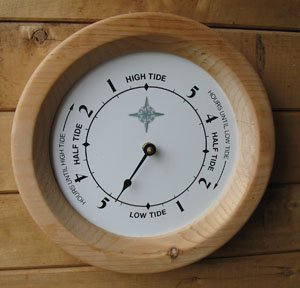
... Moon
returns to the same place in the sky
after about 24 hours and 50 minutes,
which means the tidal period will be
half as long (12 hours and 25 minutes)
... 24h 50' corresponds to (24 + 50/60)
* 365¼ / 24 = ca 380 right ascension
days (= 364 + 16). Presumably the
difference between 380 (Moon) and 364
(Sun) - which happened to correspond to
the difference between when the star
returned to visibility and its true
heliacal position - motivated the
addition of an extra cycle ... |
|
133 (MAY
13) - 15 (January 15) = 118 = 136 (MAY
16) - 18 (January 18) = 4 * 29½ = 472 /
4. |
Counting from Ga2-26 (56) to manu kake in
Gb3-1 (60) there are 4 days. But counting from
Cb4-20 (483) to manu kake in Cb5-9 (495)
the distance is 8 days longer, viz. 12 days:
|
erua marama |
tagata
noho i to mea |
kua
vaha |
 |
 |
 |
 |
|
Cb4-17 (480) |
Cb4-18 |
Cb4-19 |
Cb4-20 (392 + 91) |
|
CLOSE TO THE FULL MOON: |
|
ANA-TAHUA-VAHINE-O-TOA-TE-MANAVA-7
(Pillar for Elocution)
υ Gemini (114.0),
MARKAB PUPPIS = κ Puppis
(114.7), ο Gemini (114.8),
PROCYON = α Canis Minoris
(114.9) |
α Monocerotis (115.4), σ Gemini (115.7)
*74.0 = *115.4 - *41.4 |
Mash-mashu-arkū-11 (Eastern One of the
Twins)
κ Gemini (116.1),
POLLUX = β Gemini
(116.2), π Gemini (116.9) |
AZMIDISKE (Little Shield) = ξ Puppis (117.4)
*76.0 = *117.4 - *41.4 |
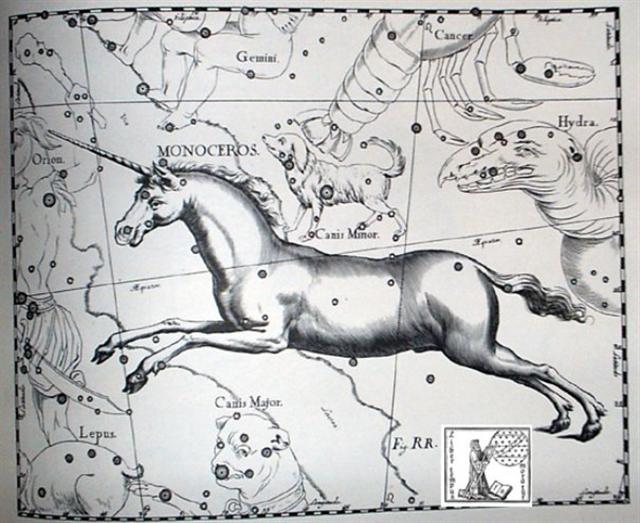 |
|
July
13 |
14
(378 - 183 = 195) |
15
(196) |
16 |
|
'June
16 |
17
(168 = 195 - 27) |
18 |
19 |
|
CLOSE TO THE SUN: |
|
ε Sagittae (297.1), σ Aquilae (Ant.) (297.4), SHAM (Arrow) = α Sagittae (297.8)
*256.0
= *297.4 - *41.4 |
β Sagittae (298.0), χ Aquilae (298.3), ψ
Aquilae (298.8) |
υ Aquilae (299.1),
TARAZED (Star-striking Falcon) = γ
Aquilae
(299.3), δ Sagittae (299.6), π Aquilae
(299.9) |
Sravana-23 (Ear or Three Footprints)
TYL =
ε
Draconis
(300.0),
ζ
Sagittae (300.1),
ALTAIR (Flying Eagle) =
α
Aquilae
(300.3),
ο
Aquilae (300.5),
BEZEK =
η
Aquilae (Ant.)
(300.8) |
|
Jan
12 |
13
(378 = 195 + 183) |
14 |
15 |
|
'Dec
16 (350) |
17
(378 - 27) |
18 |
19
(170 + 183) |
 |
|
3 |
Te ragi |
tagata - ragi |
kua hakagana -
ki te maro |
 |
 |
 |
|
Cb5-1 (392 +
95) |
Cb5-2 (488) |
Cb5-3 |
|
CLOSE TO THE FULL MOON: |
|
8h (121.7)
χ
Gemini (121.0),
NAOS (Ship) =
ζ
Puppis
(121.3) |
ρ
Puppis (122.0),
HEAP OF FUEL =
μ
Cancri
(122.1),
ζ
Monocerotis (122.3), ψ
Cancri (122.6),
REGOR (Roger backwards) =
γ
Velorum
(122.7) |
TEGMINE = ζ Cancri
(123.3) |
|
July 20
(*121) |
21 |
22/7 (π =
3.14) |
|
°July
16 |
17 (*118) |
18 |
|
'June 23 |
St John's Day |
25
(*96) |
|
"June 9 (160) |
10/6 (φ =
1.61) |
11 |
|
MAY 17 (137) |
18
(*58) |
19 |
|
CLOSE TO THE SUN: |
|
20h
(304.4)
304.4 = 118.4 + 186.0
η Sagittae (304.2),
δ
Pavonis (304.4)
*263.0 = *77.0 + *186.0 |
SHANG WEI (Higher Guard) =
κ
Cephei
(305.2),
θ
Sagittae (305.4), TSEEN FOO (Heavenly Raft) =
θ
Aquilae (Ant.)
(305.6), ξ Capricorni (305.8)
*264.0 = *305.4 - *41.4 |
TSO KE (Left Flag) =
ρ
Aquilae
(306.3) |
|
Jan
19 (384) |
20 |
21 |
|
°Jan 15
(*300) |
16 |
17 |
|
'Dec 23
(357) |
Christmas Eve |
25
(*279) |
|
"Dec 9 (343) |
10 |
11
(*265) |
|
NOV
16 (320) |
17 |
18
(*242) |
Notably also some modern men were aware of the Crab
seemingly on the point of turning around -
presumable because we can often see these creatures
when they are moving sideways;

... Gamma Velorum (γ
Vel,
γ
Velorum) is a star system in the constellation Vela.
At magnitude +1.7, it is one of the brightest stars
in the night sky. It has the traditional names
Suhail and Suhail al Muhlif, which
confusingly also apply to Lambda Velorum
[γ ↔ λ].
It also has a more modern popular name Regor,
which was invented as a practical joke by the Apollo
1 astronaut Gus Grissom for his fellow astronaut
Roger Chaffee. Due to the exotic nature of its
spectrum (bright emission lines in lieu of dark
absorption lines) it is also dubbed
the 'Spectral Gem of Southern Skies' ...
| tagata mau
matagi |
ihe toga maa |
ura hia |
tagata maú
kihikihi erua |
 |
 |
 |
 |
| Cb5-4
(490) |
Cb5-5 |
Cb5-6 (392 +
100) |
Cb5-7 (493) |
|
CLOSE TO THE FULL MOON: |
|
AL TARF (The End) =
β
Cancri
(124.3)
RAS ALGETHI (α Herculis) |
Cancri (125.2),
BRIGHT FIRE =
λ
Cancri (125.4)
*84.0 = *125.4 - *41.4 |
AVIOR =
ε
Carinae (126.4),
φ
Cancri (126.8)
*85.0 = *126.4 - *41.4 |
ο Ursae Majoris (127.4)
*86.0 = *127.4 - *41.4 |
|
July 23 (204) |
24 |
25 |
26 |
|
CLOSE TO THE SUN: |
|
GREDI (Goat) =
α
Capricorni
(307.2),
σ
Capricorni (307.5),
ALSHAT (The Sheep) =
ν
Capricorni
(307.9) |
Al Sa’d al Dhabih-20 (Lucky One of the
Slaughterers) /
Ox / Herd Boy-9
(Buffalo)
DABIH =
β
Capricorni
(308.0),
κ
Sagittarii (308.1),
SADIR (Hen's Breast) =
γ
Cygni (308.4),
PEACOCK =
α
Pavonis
(308.7)
*267.0 = *308.4 - *41.4 |
OKUL =
π
Capricorni
(309.6),
BOS =
ρ
Capricorni
(309.9)
ARNEB (α
Leporis)
MINTAKA (δ Orionis) |
ο
Capricorni (310.2),
θ
Cephei (310.5)
HEKA (λ
Orionis)
ALNILAM (ε Orionis) |
KHUFU |
KHAFRE |
|
Jan 21 |
22 (388) |
23 |
24 |
| te hoko
huki |
kua kake
te manu puoko erua |
|
E nuku
mata |
te
kihikihi o te ariki - te hokohuki |
te hau tea |
 |
 |
 |
 |
 |
|
Cb5-8 |
Cb5-9
(400 + 95) |
Cb5-10 |
Cb5-11 |
Cb5-12 |
|
Pushya-8 (Nourisher)
υ Cancri (128.1),
θ
Cancri (128.2) |
Āshleshā-9 (Embrace) /
Willow-24 (Stag)
π¹
Ursa Majoris,
δ
HYDRAE (129.6),
AL MINHAR AL SHUJĀ =
σ
Hydrae, MUSEIDA =
π²
Ursae Majoris
(129.9)
RAS ALHAGUE (α Ophiuchi) |
Al
Nathrah-6 (Gap)
BEEHIVE (Exhalation of Piled-up Corpses) = ε Cancri, η Pyxidis
(130.4), XESTUS = ο Velorum
(130.5), ζ Pyxidis (130.7),
ASCELLUS BOREALIS = γ Cancri,
β Pyxidis (130.9)
*89.0 = *130.4 - *41.4 |
Extended Net-26a (Ox) /
Arkū-sha-nangaru-sha-shūtu-12 (Southeast
Star in the Crab)
η
Hydrae (131.0),
ASCELLUS AUSTRALIS =
δ
Cancri (131.4), KOO SHE (Bow and Arrow) =
δ
Velorum
(131.6),
α
Pyxidis (131.8),
ε
Hydrae (131.9)
*90.0 = *131.4 - *41.4 |
ι Cancri (132.0),
ρ
Hydrae (132.4)
*91.0 = *132.4 - *41.4 |
|
July 27
(208) |
28 |
29 (210) |
30 |
31 |
|
ROTTEN MELON =
ε
Delphini,
φ Pavonis (311.2),
η Delphini (311.4),
ζ
Delphini,
ρ
Pavonis (311.7)
*270.0 = *311.4 - *41.4
PHAKT (α
Columbae)
ALNILAK (ζ
Orionis) |
ROTANEV =
β
Delphini,
ι
Delphini (312.3),
τ
Capricorni (312.6),
κ
Delphini (312.7),
SVALOCIN =
α
Delphini,
υ
Capricorni,
υ
Pavonis (312.8) |
μ²,
μ¹
Oct. (313.2),
DENEB CYGNI (Tail of the Swan) =
α
Cygni
(313.5),
β
Pavonis (313.6),
δ
Delphini (313.8) |
Al Sa’d al Bula'-21 (Good Fortune of the
Swallower) /
Dhanishta-24 (Most Famous) /
Girl-10 (Bat)
YUE (Battle-Axe) =
ψ
Capricorni
(314.3),
GIENAH CYGNI =
ε
Cygni,
η
Cephei (314.5),
γ
Delphini (314.6),
σ
Pavonis (314.7),
ALBALI =
ε
Aquarii
(314.8)
BETELGEUZE (α Orionis) |
BATEN ALGIEDI (Belly of the Goat) =
ω
Capricorni
(315.8) |
MENKAURE |
| Jan
25 (391) |
26 |
27 |
28 |
29 (395) |
What this exercise tells us is that whereas
the G text has manu kake at the culmination
of the Head of the Giant, the C text has manu
kake at the culmination of the Head of the
Serpent Carrier:

|
 |
|
 |
|
Ga3-1
(60) |
Cb5-9
(400 + 95) |
|
RAS ALGETHI (α Herculis)
|
RAS ALHAGUE (α Ophiuchi)
|
|
July 23
(204) |
July
28 (209 = 387 - 178) |
|
Jan
22 (387) |
Jan
26 (391 = 204 + 187) |
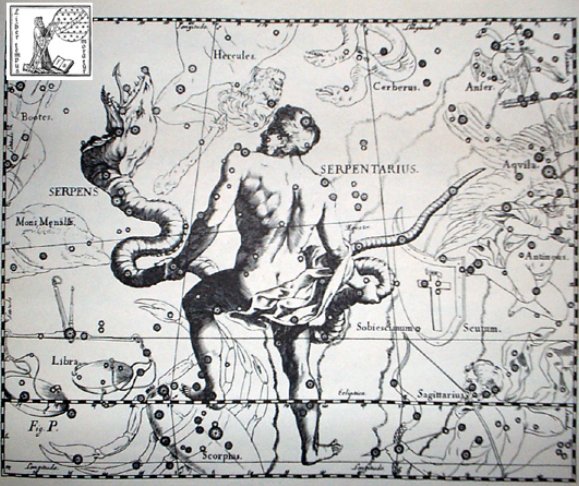
Before the Sun became a figure to count with, the
culminations of significant stars must have been
more important than their rising with the Sun
at dawn.
It should therefore not surprise us to find Betelgeuze
culminating (at 21h) in day number *314 at
Cb5-11. Also here was an End, viz. that in front of
the Milky Way river.
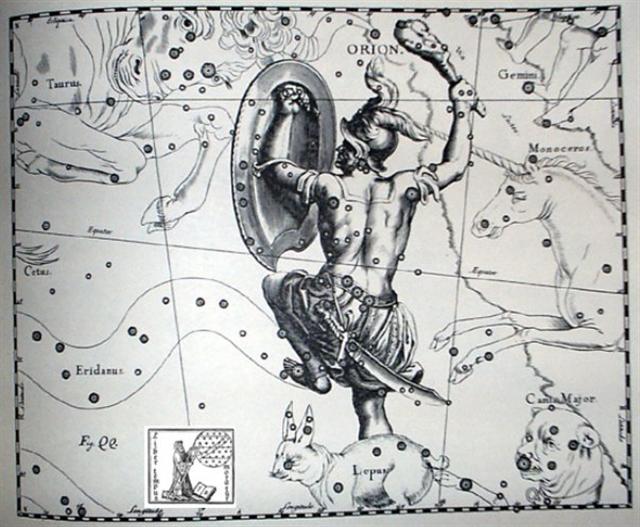
|
 |
|
 |
|
 |
|
Ga3-1
(60) |
Cb5-9
(400 + 95) |
Cb5-11 |
|
RAS ALGETHI (α Herculis)
|
RAS ALHAGUE (α Ophiuchi)
|
BETELGEUZE (α Orionis) |
|
July 23
(204) |
July
28 (209 = 387 - 178) |
July
30 (211) |
|
Jan
22 (387) |
Jan
26 (391 = 204 + 187) |
Jan 28
(393) |
And then we will find
Zuben Elgenubi culminating at
heliacal Betelgeuze.
|
te hokohuki |
te moko |
te hokohuki |
|
Hoko. 1.
To jump; to rock
or swing in rhythm with
the chants in festivals, as was
the ancient custom; an ancient
dance. He to'o mai e te hoa
manu i te mamari ki toona rima,
he ma'u, he hoko, the 'bird
master' receives the egg in his
hand and carries it, dancing. 2.
Number prefix: 'in a
group of...': hokotahi,
alone; hokorua, in a group of two (also companion, e
hakarere te kai mo toou hokorua,
leave some food for my
companion); hakatoru, in
a group of three, etc.;
hokohía, in a group of how
many? Hokohía ana oho koe ki
te rano? With how many
people will you go to the
volcano? Vanaga. 1. To traffic,
to trade, to buy, to ransom (hoò);
hoòa te kaiga, to buy
land. 2. To sport, to play.
Churchill. Move the body to and
fro with the rythm of a song.
Barthel.
Huki. 1. Pole attached
to the poop from which the
fishing-net is suspended:
huki kupega. 2. Digging
stick. 3. To set
vertically, to stand
(vt.). 4. Huki á te mahina,
said of the new moon when both
its horns have become visible.
Vanaga. 1. To post up, to
publish. 2. To cut the throat (uki).
Mq.: Small sticks which close up
the ridge of a house. Ha.:
hui, the small uniting
sticks in a thatched house.
Churchill. Standing upright.
Barthel. M. Spit for roasting.
Te Huki, a constellation.
Makemson. Hukihuki. 1.
Colic. 2. To transpierce, a
pricking. 3. To sink to the
bottom. Churchill. |
 |
 |
 |
|
Ca4-10 |
Ca4-11 |
Ca4-12 (88) |
|
CLOSE TO THE FULL MOON: |
|
μ Columbae (86.1), Saiph
(86.5), ζ
μ
Columbae,
SAIPH (Sword) = κ Orionis
(86.5),
τ
Aurigae,
ζ
Leporis (86.6) |
υ Aurigae (87.1), ν Aurigae
(87.2),
WEZN (Weight) = β Columbae,
δ Leporis (87.7),
TZE (Son) = λ Columbae
(87.9) |
Ardra-6 (The Moist One) /
ANA-VARU-8 (Pillar to sit by)
χ¹
Orionis,
ξ
Aurigae (88.1),
BETELGEUZE = α Orionis
(88.3),
ξ
Columbae (88.5),
σ
Columbae (88.7)
ZUBEN ELGENUBI (α Librae) |
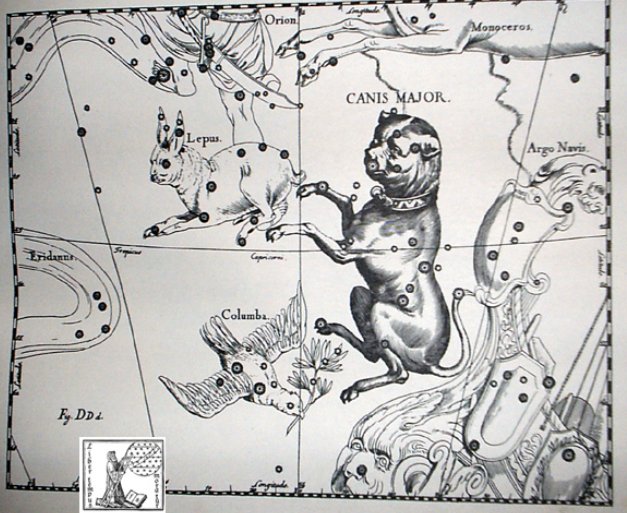 |
|
CLOSE TO THE SUN: |
|
MULIPHEN (Oaths) = γ Ophiuchi
(269.0),
BASANISMUS = G Scorpii
(269.5),
PHERKARD (Dim One of the
Two Calves) = δ Ursae Minoris
(269.9) |
PTOLEMY CLUSTER = M7 Scorpii
(270.5),
GRUMIUM (Lower Jaw) = ξ Draconis
(270.9) |
RUKBALGETHI GENUBI (Bending
Claw) = θ Herculis
(271.1), ξ Herculis (271.5),
ETAMIN (Head) = γ Draconis,
ν Herculis (271.7), ν Ophiuchi
(271.8) |
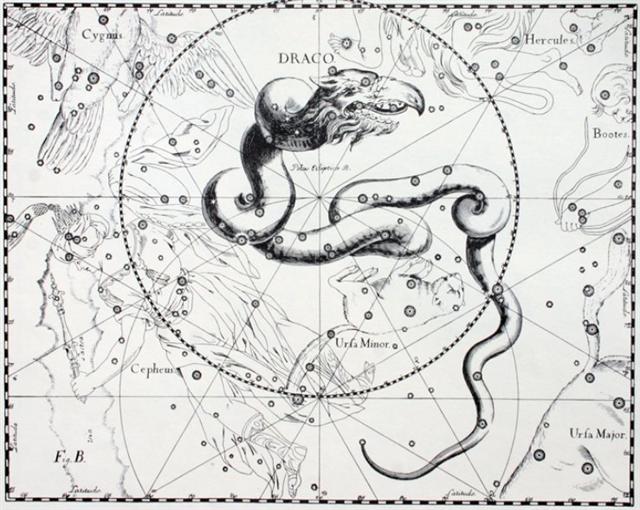 |
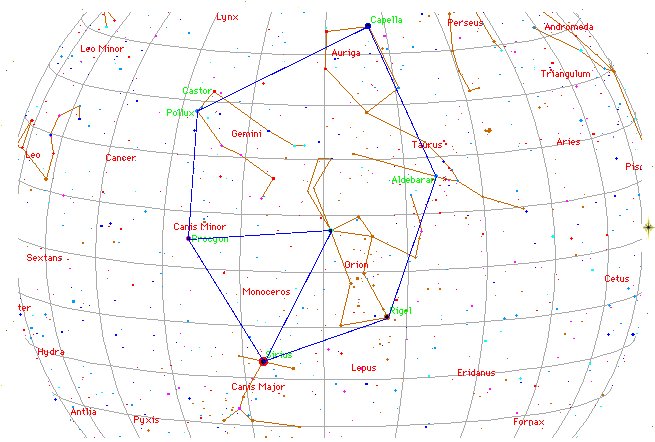
|






























